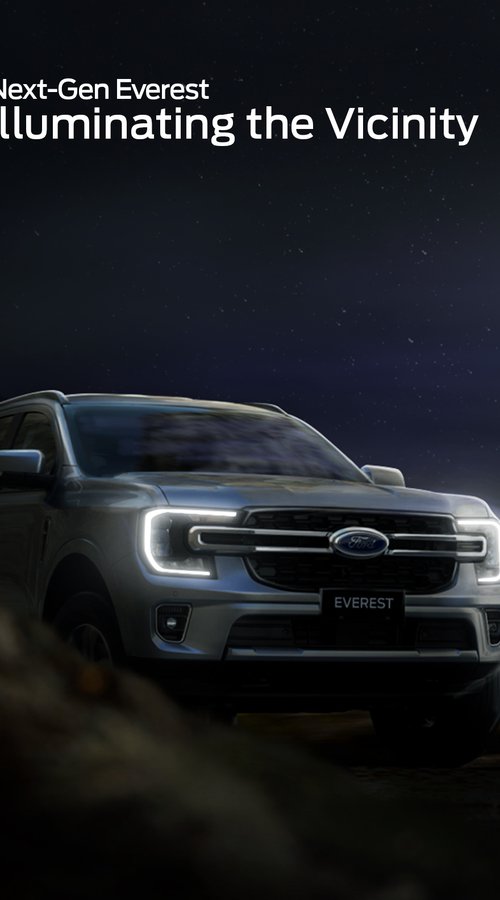Imagine a world where you can see the Aurora with its myriad variety of color splashes on your bedroom wall while you are snuggling with your cat.
Imagine a classroom where students have the actual Solar System hovering above them in Geography Class.
Imagine second year Medical Students perfecting stitches on an actual, beating heart.
Magic Leap, a US startup is coming up with the company’s so-called cinematic-reality technology. It will bring holograms to life that not only users will be able to see, but different in a way that feels natural for their eyes; it will successfully convince our brain that the hologram exists in reality. The mixing of digital imagery with real-world images to create the illusion that make us feel that digital objects are right with us in everyday life is known as Augmented Reality (AR). However, the people at Magic Leap say that it is a Mixed Reality (MR), an elevated version of AR.
How it works: Magic Leap has a tiny projector that shines light onto a transparent lens. The lens then deflects the light onto the retina. What makes is so unique and interesting is that that the pattern of light blends in so well with the light we are receiving from the real world that to our visual cortex, artificial objects cannot be distinguished from actual ones.
Even though the startup has been very secretive about the product, it is known that Magic Leap’s adaptive focus technology uses complex optics to trick our eye into focusing far away (even though the “screen” is still near our eye). This feels more natural to the eye, and also appears more realistic.
While Oculus wants to transport us to a virtual world of fun and games, Magic Leap wants to bring the fun and games to the world we are already in.
And for students to have the Solar System right across their classrooms or for us to watch a tiny puppy play in the palms of our hands, Magic Leap came up with an alternative to stereoscopic 3-D—something that does not disrupt the way we normally see things.
Moreover, Magic Leap has adjusted focus. Virtual Reality (VR) headsets like the Oculus, and AR competitors like the Hololens have fixed focus, thus giving Magic Leap an added advantage. There has also been talks about how Magic Leap might have features that enable two or more people to share virtual and augmented content simultaneously. However, the world needs to wait for it to be launched in the market to see for themselves whether it can live up to its hype.


